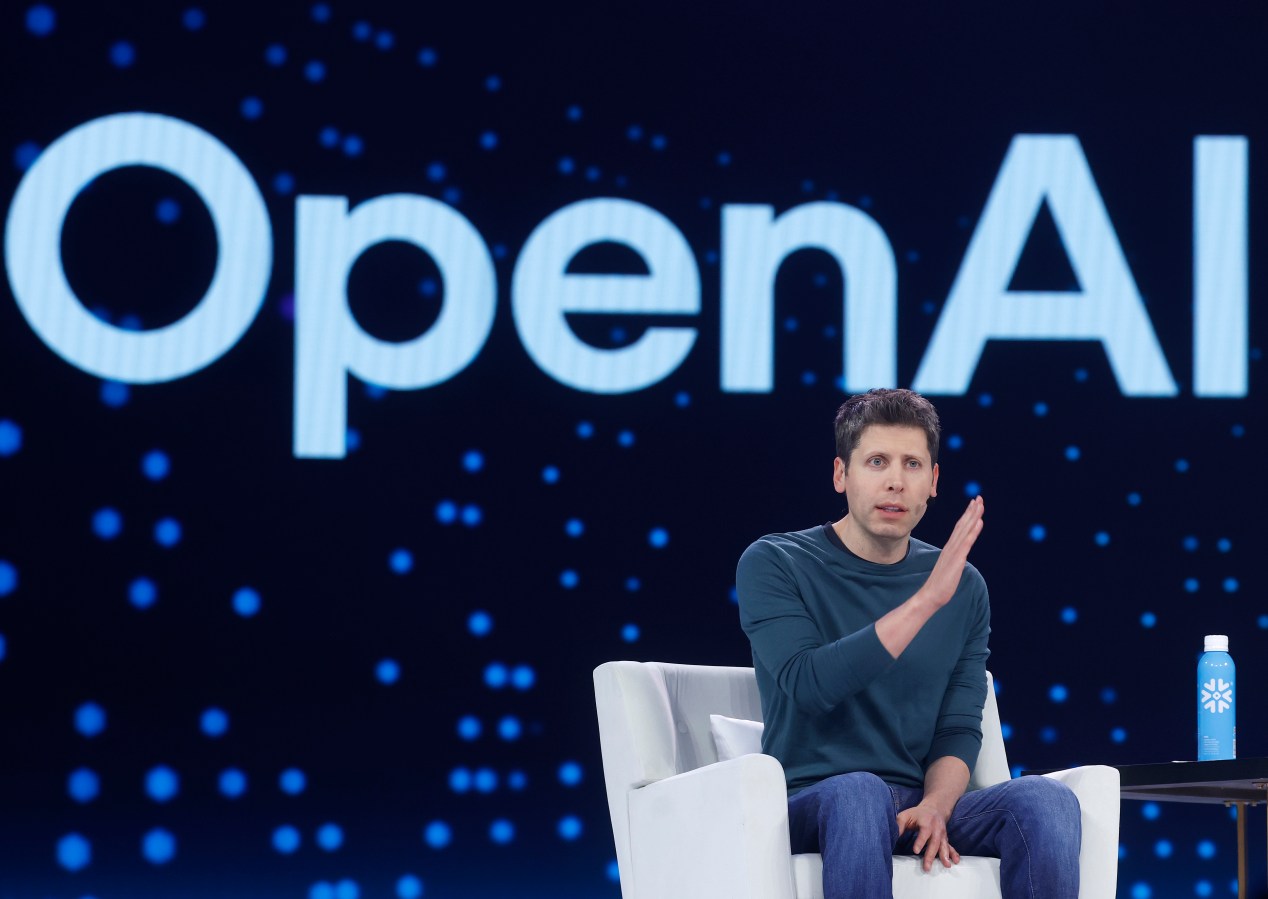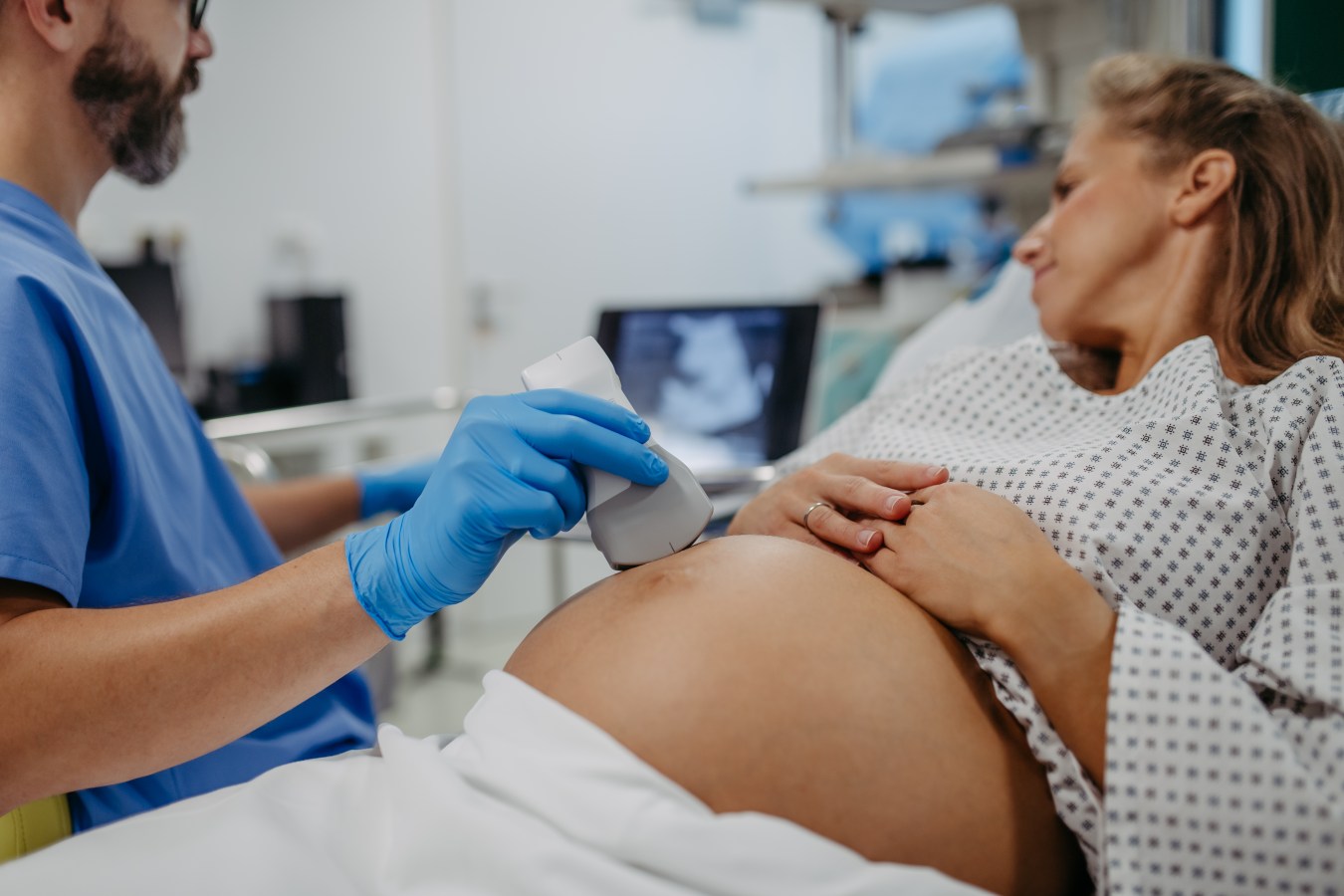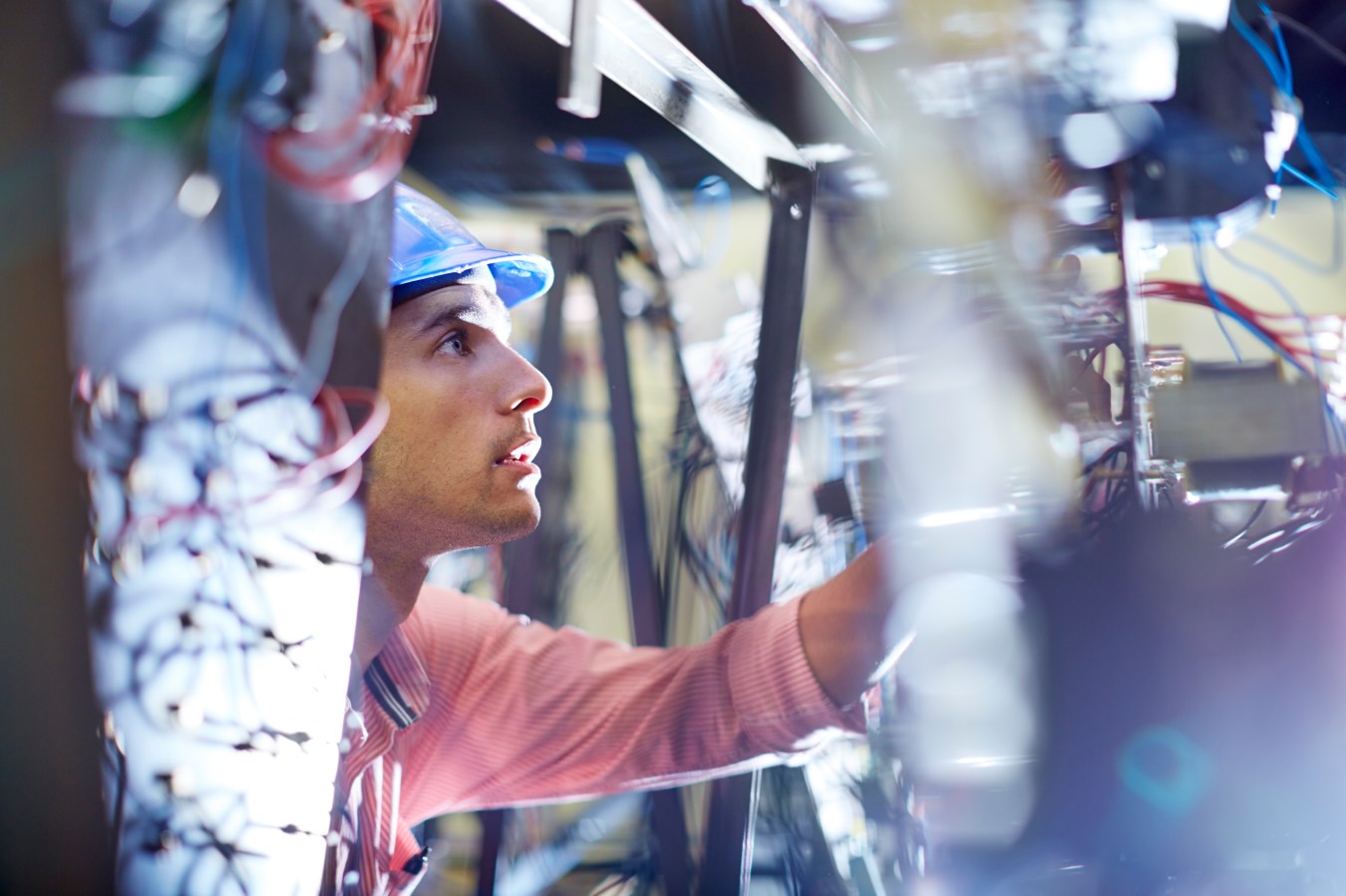Apple shares hit their highest price in the stock’s 43-year history early Monday ahead of the debut of its mixed reality Vision Pro headset, though the stock then slid after the tech giant announced a far heftier than expected price tag for its biggest product launch in years.
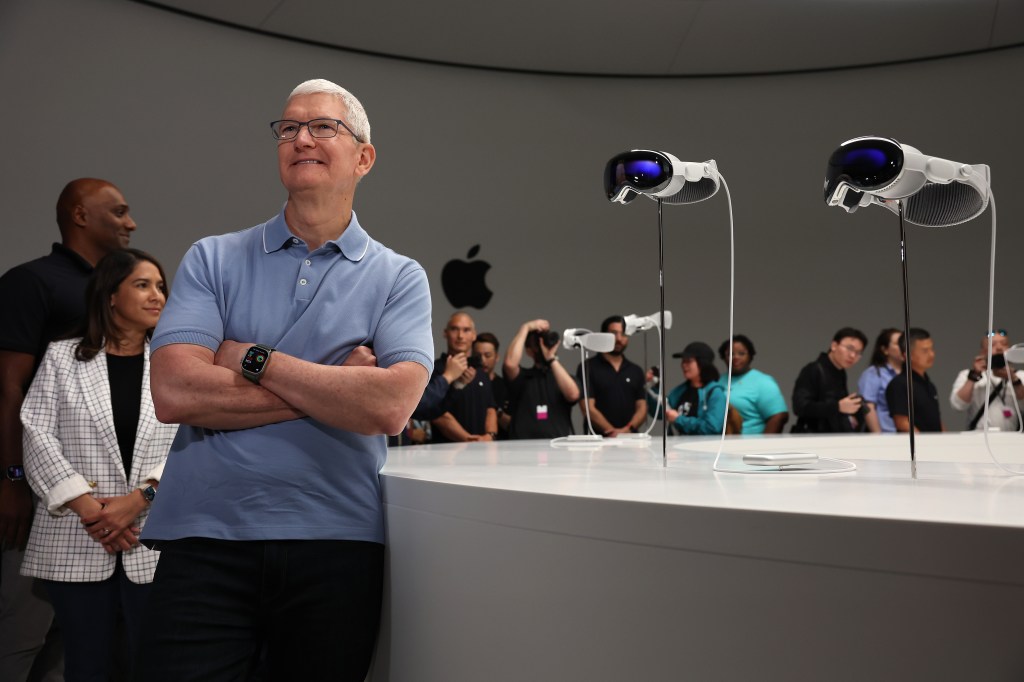
Key Takeaways
- The stock gained as much as 2.2% in morning and early afternoon trading, hitting as high as US$184.95, shattering its prior all-time high of US$182.94 achieved last January.
- But the fanfare proved to be short-lived, as Apple shares slipped about 3% in later afternoon trading, closing below US$180, a 0.8% loss for the day.
- The tumble came immediately after Apple CEO Tim Cook announced the company’s hotly anticipated headset will retail at US$3,499, nearly 20% higher than the US$3,000 price tag most experts predicted for the device ahead of the launch at Apple’s Worldwide Developers Conference.
- Despite the Monday decline, shares of the Silicon Valley behemoth are still up some 44% in 2023, erasing its 27% slide last year and captaining tech’s broader rebound year-to-date.
- Apple’s market capitalisation now sits at about US$2.8 trillion, about US$325 billion richer than the next most-valuable public company on the planet, Microsoft.
‘Largest MacBook Air Yet
Apple announced that its new 15-inch MacBook Air—the world’s thinnest 15-inch laptop, according to Apple—will be available starting next week, marking a middle-price point offering for the company that previously had a significant price difference between its smaller MacBooks and larger models.
- The new model will weigh in at 3.3 pounds and come in four colours.
- Bergeron said the laptop will have Apple’s M2 chip, making it 12 times faster than Intel-based MacBook Air; it is quoted at an 18-hour battery life.
- The new model will start at US$1,299 and be available next week, while the 13-inch MacBook Air powered by the same chip will start at US$1,099; the 13-inch MacBook Air with an M1 chip—Apple’s older version—will drop below US$1,000, now priced at US$999.
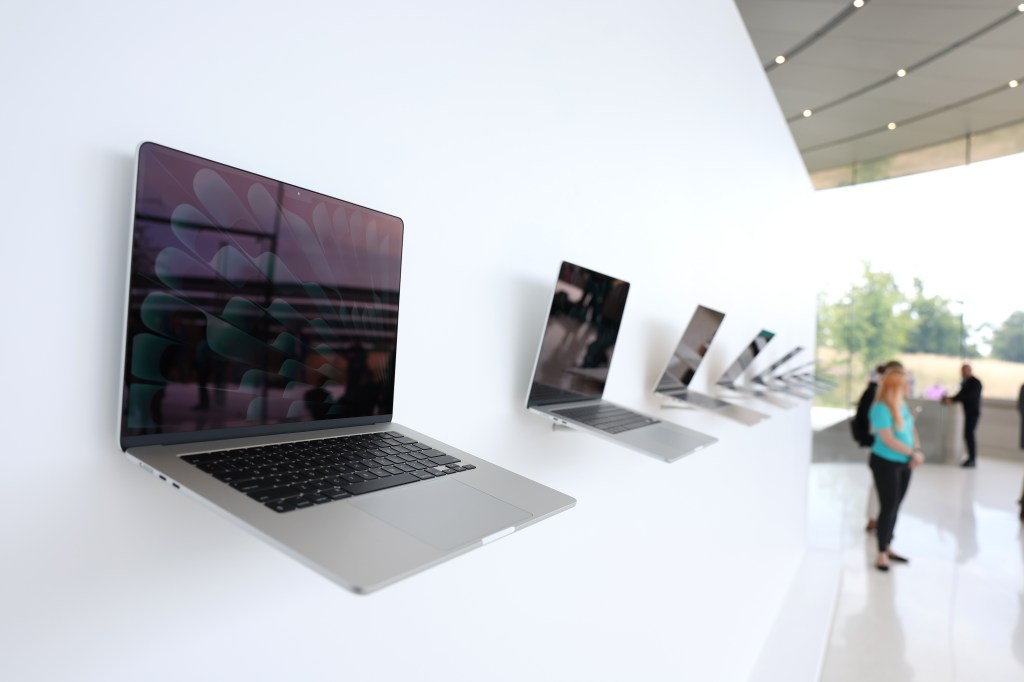
Tangent
In a Monday note to clients, Wedbush forecasted Apple will sell about 150,000 headsets for its first year on the market, which would be US$525 million in sales. This would be roughly 0.1% of Apple’s nearly US$400 billion in revenue last year.
Key Background
Apple has tacked on roughly US$765 billion in market cap this year, which is more than the total respective total valuations of Berkshire Hathaway, Meta and Tesla. Broad investor sentiments for mega-cap tech stocks have shifted dramatically from bearish to bullish over the last year, thanks in no small part to Apple’s top- and bottom-line beats during 2023’s first quarter.
Fuelling Apple’s strong financials was a record $20.9 billion in quarterly revenue from its services segment, which includes App Store sales and other non-product revenue streams. In a Sunday note to clients, Bank of America analysts Wamsi Mohan and Ruplu Bhattacharya, raised their price target for Apple by 8% to $190, citing significant upside in the company’s services segment thanks to the new headset.
Big Number
Nearly US$2 million. That’s how much a US$1,000 investment at Apple’s 1980 initial public offering—when shares traded at a split-adjusted level of $0.10—would be worth now.
Crucial Quote
In a note previewing Monday’s conference, Rosenblatt analyst Barton Crockett declared the “bar is set low” to excite investors considering “nobody expects this to be a financially meaningful product near-term.” Apple’s roughly US$80 billion market cap slip-up Monday afternoon suggests the company failed to beat the already dampened expectations.
This article was first published on forbes.com
